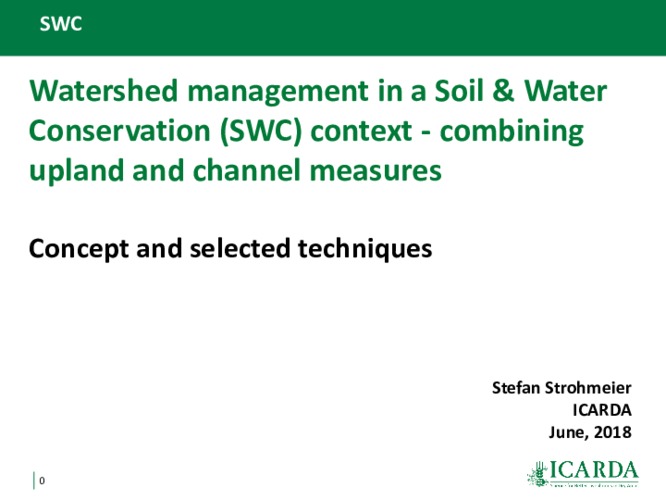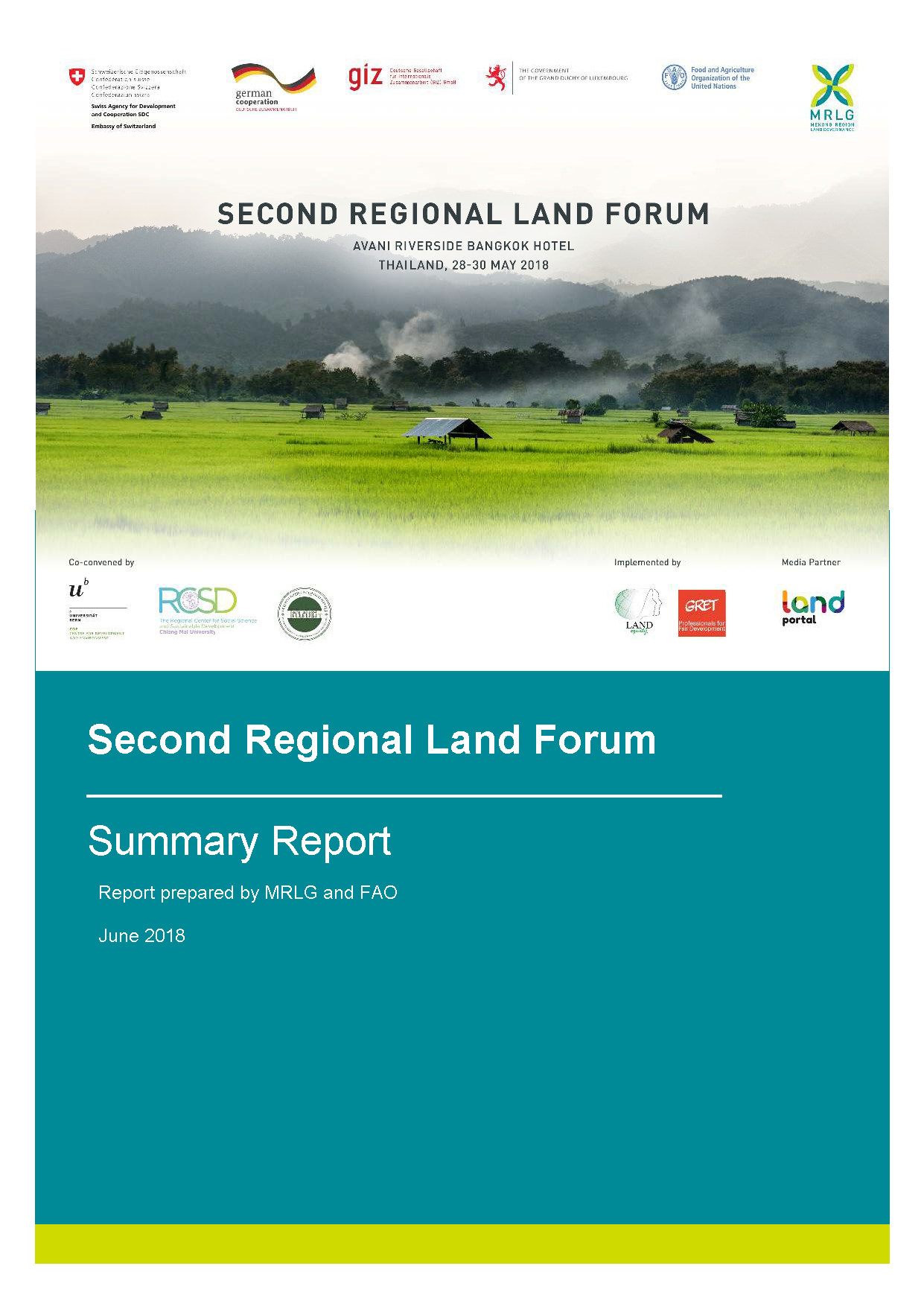Causas de Degradación Forestal en Colombia
El manual proporciona información sobre los procedimientos que siguen las brigadas de campo para realizar el establecimiento de los conglomerados y parcelas permanentes del Inventario Forestal Nacional (IFN). Asimismo, suministra información acerca de la planificación y ejecución de cada una de las fases que contempla el operativo, describe los métodos, técnicas e instrumentos que se emplean en la toma de los datos, y detalla el proceso de diligenciamiento de los formatos creados por IDEAM para registrar los datos e información de campo.






